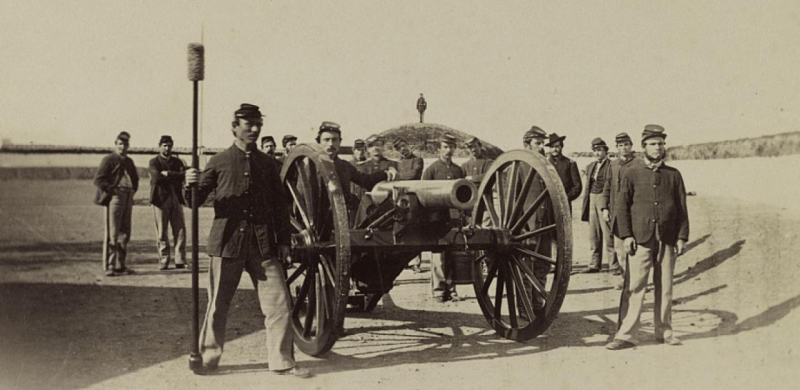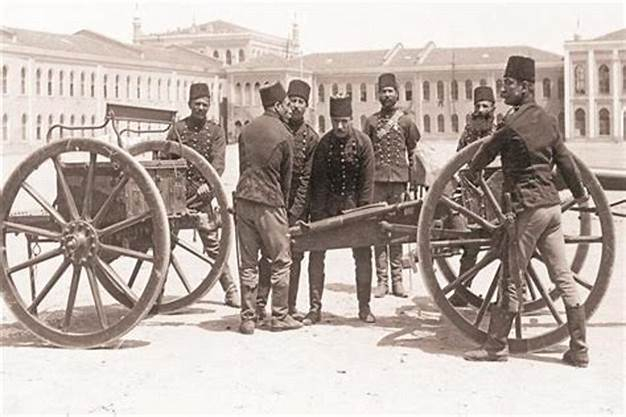The largest use of field artillery in the Civil War was the bombardment preceeding Pickett's Charge.
Confederate and Confederate soldiers fought a bloody fight on July 3, 1863, not far from the crossroads town of Gettysburg, Pennsylvania. An infantry and cavalry skirmish that quickly grew into one of the biggest battles in American history. On the afternoon of July 1, Union forces were forced from their positions to the north and west of the town, but they moved quickly into defensive positions atop and along the hills and ridges that dominate the area to the south of Gettysburg.
With hundreds of cannons on both sides shooting along the front line for an hour or so, starting at 1 p.m. on July 3, the shelling may have been the most intense of the entire conflict. The 150 to 170 Confederate cannons were positioned in a line that stretched over two miles (3 km), starting in the south at Peach Orchard and going nearly parallel to the Emmitsburg Road. Brig Confederacy of the Confederacy. "The gun in the center... offered one of the most spectacular battle vistas experienced in the war," General Evander M. Law wrote. Looking up the valley towards Gettysburg, the hills on either side were engulfed in flames and smoke as 300 guns, evenly distributed between the two slopes, exchanged hail.








